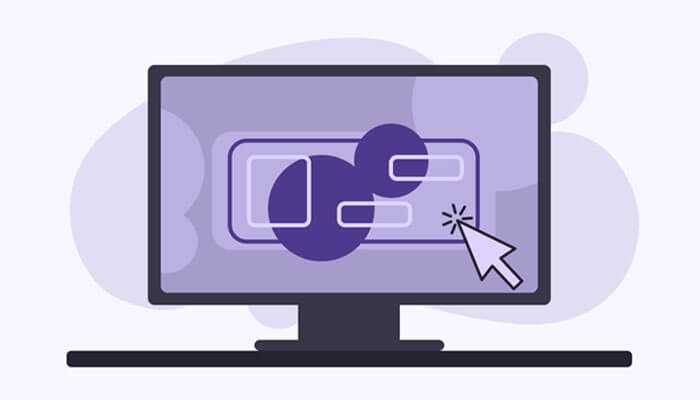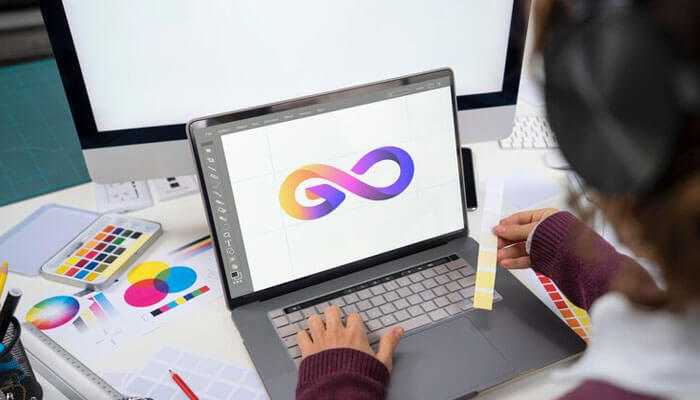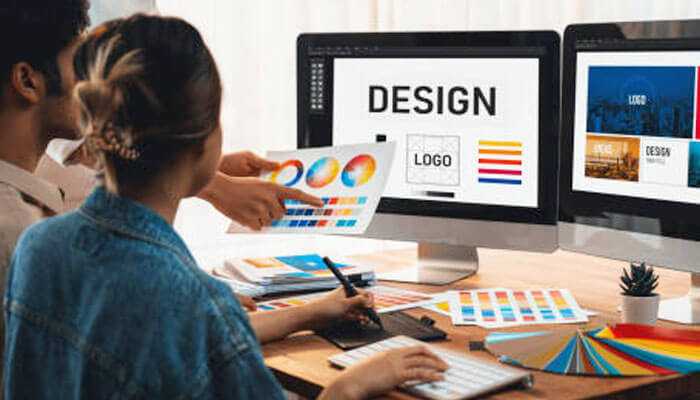In today’s digital world, your logo is often the first impression customers have of your brand. It’s more than just a symbol; it’s the face of your company, a visual representation of your values, and a key element in building brand recognition. A well-designed logo can make your business stand out in a crowded marketplace, convey professionalism, and foster trust with your audience. On the other hand, a poorly designed logo can undermine your credibility and make it harder for potential customers to connect with your brand. Creating a professional logo online might seem like a daunting task, especially if you don’t have a background in design.
However, thanks to online tools and platforms, it’s now easier than ever to craft a logo that reflects your brand’s identity. In this article, prepared by the specialists at Turbologo, we’ll guide you through the essential steps to create a stunning, professional logo that you can be proud of.
Define the Purpose and Style of Your Logo
Before diving into design tools, it’s crucial to define the purpose of your logo. What message do you want your logo to convey? What feelings or thoughts should it evoke in your audience? Understanding the core message of your brand will help you make design choices that align with your brand’s identity.
Consider your target audience. Are you aiming for a youthful, energetic vibe, or do you want to project a more serious, professional image? Your logo should resonate with the people you want to attract, so it’s essential to keep their preferences in mind.
Once you’ve identified the purpose and target audience, think about the style that best represents your brand. Logos generally fall into a few categories: modern, classic, playful, or minimalist. Each style has its own set of characteristics and conveys different messages, so choose one that aligns with your brand’s values and goals.
Simplifying the Process: Using a Logo Maker to Bring Your Vision to Life
If you’re looking to design logo online without the hassle of complicated software or the need for design expertise, a logo maker is the perfect solution. These online tools are incredibly user-friendly and offer a wide range of customizable templates, fonts, and icons to help you create a unique logo that represents your brand. With just a few clicks, you can design logo online by selecting colors, adjusting layouts, and adding personalized elements, all in a matter of minutes. The convenience and flexibility of logo makers allow you to experiment with different ideas and refine your design until it’s exactly what you envision, making the process both efficient and enjoyable.
Choosing the Right Colors: Crafting a Harmonious Palette
Color is one of the most powerful tools in logo design. The colors you choose will not only make your logo visually appealing but will also evoke specific emotions and associations. For example, blue often represents trust and professionalism, while red can evoke excitement and passion.
Start by considering the psychology of colors and how they relate to your brand’s personality. Ask yourself: What emotions do I want my customers to feel when they see my logo? If your brand is all about energy and action, you might choose bold, vibrant colors. If it’s about calmness and relaxation, softer, muted tones might be more appropriate.
Once you’ve identified the key colors, think about how they work together as a palette. A good logo often uses a combination of two or three colors that complement each other. Make sure your colors contrast well, so your logo remains clear and readable even at smaller sizes or on different backgrounds.
Typography: Choosing the Right Font for Your Logo
Typography plays a significant role in how your logo is perceived. The font you choose should be legible and align with your brand’s identity. For example, a sleek, modern font might suit a tech company, while a classic serif font could be more appropriate for a law firm or a luxury brand.
When selecting a font, consider its weight, style, and spacing. The weight (boldness) of a font can affect the visual impact of your logo, while the style (such as serif, sans-serif, or script) contributes to the overall tone. Spacing, or kerning, is also crucial—letters that are too close together or too far apart can make your logo hard to read.
If you’re incorporating a tagline or other text elements, make sure the font used for these is compatible with the main font. Consistency in typography helps to create a cohesive and professional look.
Icon Elements: Creating a Unique Symbol
An icon or symbol can make your logo instantly recognizable. This could be an abstract shape, a meaningful object, or even a stylized version of your company’s initials. The key is to create something unique and memorable that reflects your brand’s identity.
When designing an icon, think about simplicity. A complex design may look great at a large size but can become muddled when scaled down. Your icon should be clear and effective whether it’s on a business card, a website, or a billboard.
Consider how your icon interacts with the other elements of your logo. Does it balance well with the text? Is it visually aligned? The icon should complement the rest of the logo, not overshadow it.
Prototyping: Bringing All Elements Together
With your colors, typography, and icon chosen, it’s time to bring everything together. This step involves arranging these elements in a way that creates a balanced and harmonious logo. Start by experimenting with different layouts. Should the icon be placed above the text, beside it, or integrated within it? There’s no one-size-fits-all answer, so don’t be afraid to try various combinations.
As you prototype, consider the overall shape of your logo. Will it be circular, square, or more freeform? The shape should reflect the style you’ve chosen earlier and be versatile enough to work across different media and sizes.
Once you’ve settled on a basic design, step back and look at it from a distance. Is it easy to recognize? Does it communicate the message you want? Feedback from others can be invaluable at this stage, as they might notice things you missed.
Versatility Check: Ensuring Your Logo Works Everywhere
A good logo is versatile. It should look great whether it’s on a website, a business card, a t-shirt, or even a billboard. This means your logo needs to be scalable and adaptable to different contexts without losing its impact.
Start by testing your logo at various sizes. Shrink it down to see if it’s still legible and recognizable. If any details get lost or the text becomes unreadable, you might need to simplify the design.
Next, test your logo on different backgrounds. It’s a good idea to create versions of your logo that work on both light and dark backgrounds, as well as a monochrome version. This ensures your logo remains effective no matter where it’s used.
Final Review: Is Your Logo Ready for the World?
Before you launch your logo into the world, give it one last thorough review. Check for any inconsistencies or areas that might need tweaking. Consider if it aligns with the brand values and message you defined at the start.
Ask yourself: Does this logo represent my brand as I want it to? Will it stand out in a crowded market? If the answer is yes, then congratulations—you’ve created a professional logo that’s ready to make an impact.
Conclusion: Next Steps After Creating Your Logo
Now that you have your logo, it’s time to start using it! Integrate it into all aspects of your brand, from your website and social media profiles to your business cards and marketing materials. Consistent use of your logo will help build brand recognition and establish a strong visual identity.
Remember, your logo is just the beginning. As your brand grows, so too will your need for consistent and professional branding across all touchpoints. Keep refining and evolving your brand identity, and your logo will continue to serve as a powerful tool in your marketing arsenal.
Creating a professional logo doesn’t have to be complicated or expensive. With careful planning and attention to detail, you can design a logo that not only looks great but also effectively communicates the essence of your brand. Happy designing!





